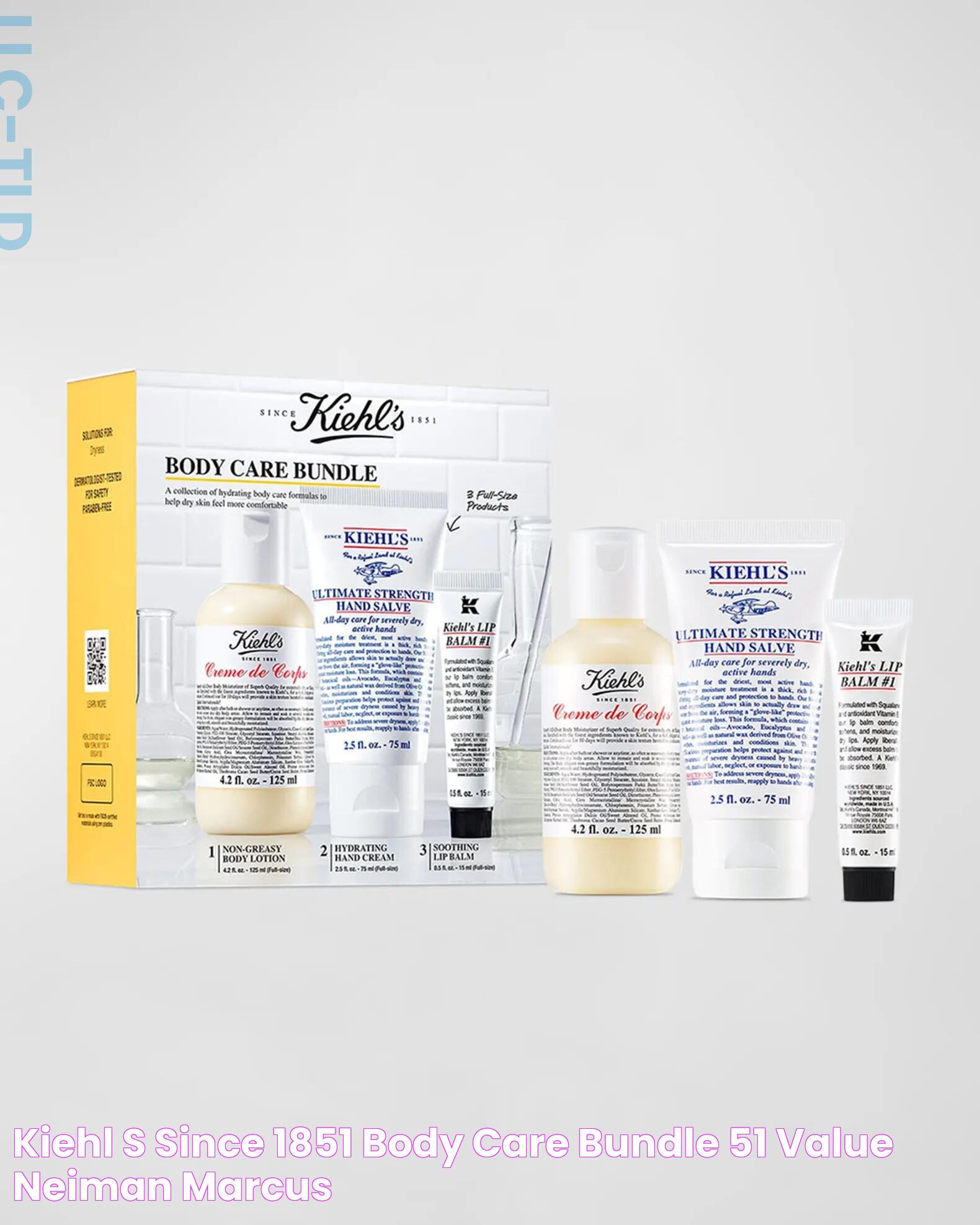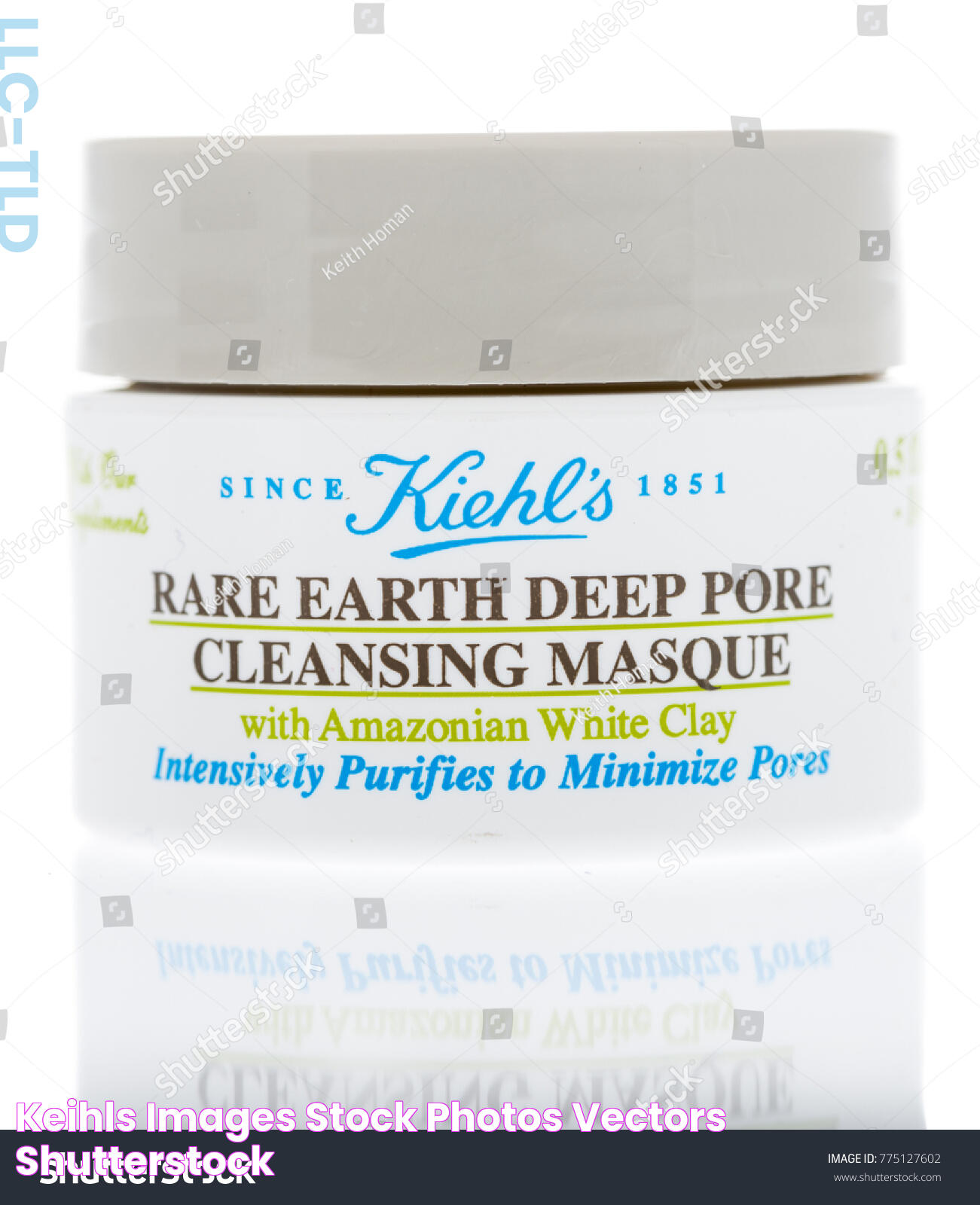The beauty and skincare industry is no stranger to supply chain disruptions. Recently, consumers have been increasingly searching for their favorite products, only to find them labeled as "Keihls out of stock." This has led to frustration among loyal customers and has sparked curiosity about the reasons behind these shortages. As one of the most reputable brands in the beauty industry, Kiehl's has built a strong reputation over the years for its quality products. However, even giants like Kiehl's are not immune to the challenges posed by a complex global supply chain.
With the rise of e-commerce and the ever-increasing demand for high-quality skincare products, brands like Kiehl's face unique challenges when it comes to keeping their shelves stocked. The recent "Keihls out of stock" situation has highlighted the need for brands to adapt and innovate in the face of supply chain disruptions. From sourcing raw materials to manufacturing and distribution, each stage of the process is susceptible to delays and shortages. Understanding these challenges is crucial for both consumers and the industry as a whole to ensure a more stable future.
In this article, we will delve into the intricacies of the supply chain issues that have led to "Keihls out of stock" notices and explore potential solutions. We'll cover everything from the impact of global events to the role of technology in streamlining supply chains. We'll also address frequently asked questions and provide insights into how consumers can navigate these shortages while continuing to support their favorite brands. Let's take a closer look at the factors contributing to this issue and what the future might hold for Kiehl's and the beauty industry at large.
Read also:Split Ends Closeup The Ultimate Guide To Healthy Hair
Table of Contents
- What is Causing Keihls Out of Stock?
- How Do Global Events Affect Supply Chain?
- The Role of Raw Materials in Skincare Production
- Challenges in Manufacturing and Production
- Distribution: The Final Frontier
- Can Technology Solve Supply Chain Issues?
- Impact on Consumers: What Can You Do?
- How is Kiehl's Responding to Supply Chain Disruptions?
- The Future of Skincare Supply Chains
- Frequently Asked Questions
- Conclusion
What is Causing Keihls Out of Stock?
Supply chain disruptions have a significant impact on the availability of products like Kiehl's skincare line. The term "Keihls out of stock" has become increasingly common as a result of several underlying factors:
- Global Demand Surge: The demand for skincare products has skyrocketed, particularly with the rise of self-care trends during the pandemic.
- Raw Material Shortages: Essential ingredients used in skincare products are experiencing shortages due to increased competition and production delays.
- Transportation and Logistics Challenges: The global transportation network has been strained, affecting the timely delivery of goods.
- Labor Shortages: The pandemic has led to labor shortages at various points in the supply chain, from manufacturing to transportation.
These factors have combined to create a perfect storm, leading to the frequent occurrence of Kiehl's products being out of stock.
How Do Global Events Affect Supply Chain?
Global events, such as pandemics, natural disasters, and geopolitical tensions, play a critical role in disrupting supply chains. Here's how they contribute to the "Keihls out of stock" phenomenon:
- Pandemics: The COVID-19 pandemic has caused widespread disruptions, leading to factory shutdowns and reduced workforce availability.
- Natural Disasters: Hurricanes, earthquakes, and other natural events can damage infrastructure and delay transportation.
- Geopolitical Tensions: Trade wars and political instability can lead to tariffs and restrictions, affecting the flow of goods.
These events create bottlenecks in the supply chain, making it difficult for brands like Kiehl's to maintain consistent product availability.
The Role of Raw Materials in Skincare Production
Raw materials are the building blocks of skincare products, and their availability directly impacts the production process. Key challenges include:
- Sourcing: Many ingredients are sourced from specific regions, making them vulnerable to local disruptions.
- Quality Control: Ensuring the quality of raw materials is crucial for maintaining product standards.
- Cost Fluctuations: Prices of raw materials can fluctuate due to supply and demand dynamics, affecting production costs.
These factors contribute to the complexity of maintaining a steady supply of raw materials, which in turn affects the availability of Kiehl's products.
Read also:Rainbow Skinfade A Vibrant Twist To The Classic Hairstyle
Challenges in Manufacturing and Production
The manufacturing process is a critical stage in the supply chain, and it faces several challenges that contribute to the "Keihls out of stock" issue:
- Capacity Constraints: Factories may not have the capacity to meet surging demand, leading to production backlogs.
- Equipment Failures: Machinery breakdowns can halt production lines, causing delays.
- Regulatory Compliance: Adhering to safety and environmental regulations can slow down production.
These challenges highlight the importance of optimizing manufacturing processes to ensure a steady supply of products.
Distribution: The Final Frontier
Distribution is the final step in getting products from the manufacturer to the consumer. Key challenges include:
- Logistics Coordination: Coordinating the movement of goods across different regions can be complex.
- Inventory Management: Keeping track of stock levels and demand fluctuations is crucial for avoiding shortages.
- Retail Partnerships: Collaborating with retailers to ensure product availability can be challenging.
Effective distribution is essential for ensuring that Kiehl's products reach consumers without delays.
Can Technology Solve Supply Chain Issues?
Technology has the potential to address many of the challenges faced by supply chains. Here are some ways technology can help alleviate the "Keihls out of stock" problem:
- Supply Chain Visibility: Advanced analytics and tracking systems provide real-time insights into supply chain operations.
- Automation: Automated systems can streamline manufacturing and distribution processes, reducing delays.
- Forecasting Tools: Predictive analytics can help anticipate demand and adjust production accordingly.
By leveraging technology, brands like Kiehl's can enhance their supply chain resilience and improve product availability.
Impact on Consumers: What Can You Do?
For consumers facing the frustration of "Keihls out of stock" notices, there are a few strategies to consider:
- Explore Alternatives: Consider trying similar products from other reputable brands.
- Stay Informed: Follow Kiehl's official channels for updates on product availability.
- Plan Ahead: Stock up on your favorite products when they are available to avoid shortages.
By taking proactive steps, consumers can navigate shortages while still enjoying quality skincare products.
How is Kiehl's Responding to Supply Chain Disruptions?
Kiehl's is actively working to address supply chain challenges and improve product availability. Some of their strategies include:
- Supplier Diversification: Partnering with multiple suppliers to reduce dependency on a single source.
- Inventory Management: Implementing advanced inventory systems to better track stock levels and demand.
- Consumer Communication: Providing timely updates to consumers about product availability and expected restock dates.
By taking these steps, Kiehl's aims to enhance supply chain resilience and ensure a steady supply of products to meet consumer demand.
The Future of Skincare Supply Chains
The future of skincare supply chains is likely to involve greater collaboration and innovation. Key trends to watch include:
- Sustainable Sourcing: Increasing focus on environmentally friendly and sustainable sourcing practices.
- Resilient Networks: Building supply chain networks that can withstand global disruptions.
- Consumer-Centric Approaches: Tailoring supply chains to better meet the needs and preferences of consumers.
By embracing these trends, the skincare industry can build a more robust and reliable supply chain for the future.
Frequently Asked Questions
Why is Kiehl's often out of stock?
Kiehl's can be out of stock due to supply chain disruptions, increased demand, and raw material shortages.
What can I do if my favorite Kiehl's product is unavailable?
Consider exploring alternative products, staying informed about restocks, and stocking up when products are available.
How is Kiehl's addressing supply chain issues?
Kiehl's is diversifying suppliers, enhancing inventory management, and improving consumer communication.
Can technology help solve supply chain challenges?
Yes, technology can improve supply chain visibility, automate processes, and enhance demand forecasting.
What role do global events play in supply chain disruptions?
Global events like pandemics and natural disasters can disrupt manufacturing, transportation, and logistics.
Are there sustainable solutions for skincare supply chains?
Sustainable sourcing and resilient networks are key trends for creating more reliable and eco-friendly supply chains.
Conclusion
The "Keihls out of stock" issue highlights the intricate challenges faced by the skincare industry in maintaining product availability. While global events and supply chain disruptions are significant contributors, brands like Kiehl's are actively working to address these issues through strategic initiatives and technological innovations. By understanding these challenges and exploring potential solutions, both consumers and brands can work towards a more stable and reliable future for skincare products. As the industry continues to evolve, collaboration, sustainability, and consumer-centric approaches will be essential in building resilient supply chains that can withstand the test of time.

